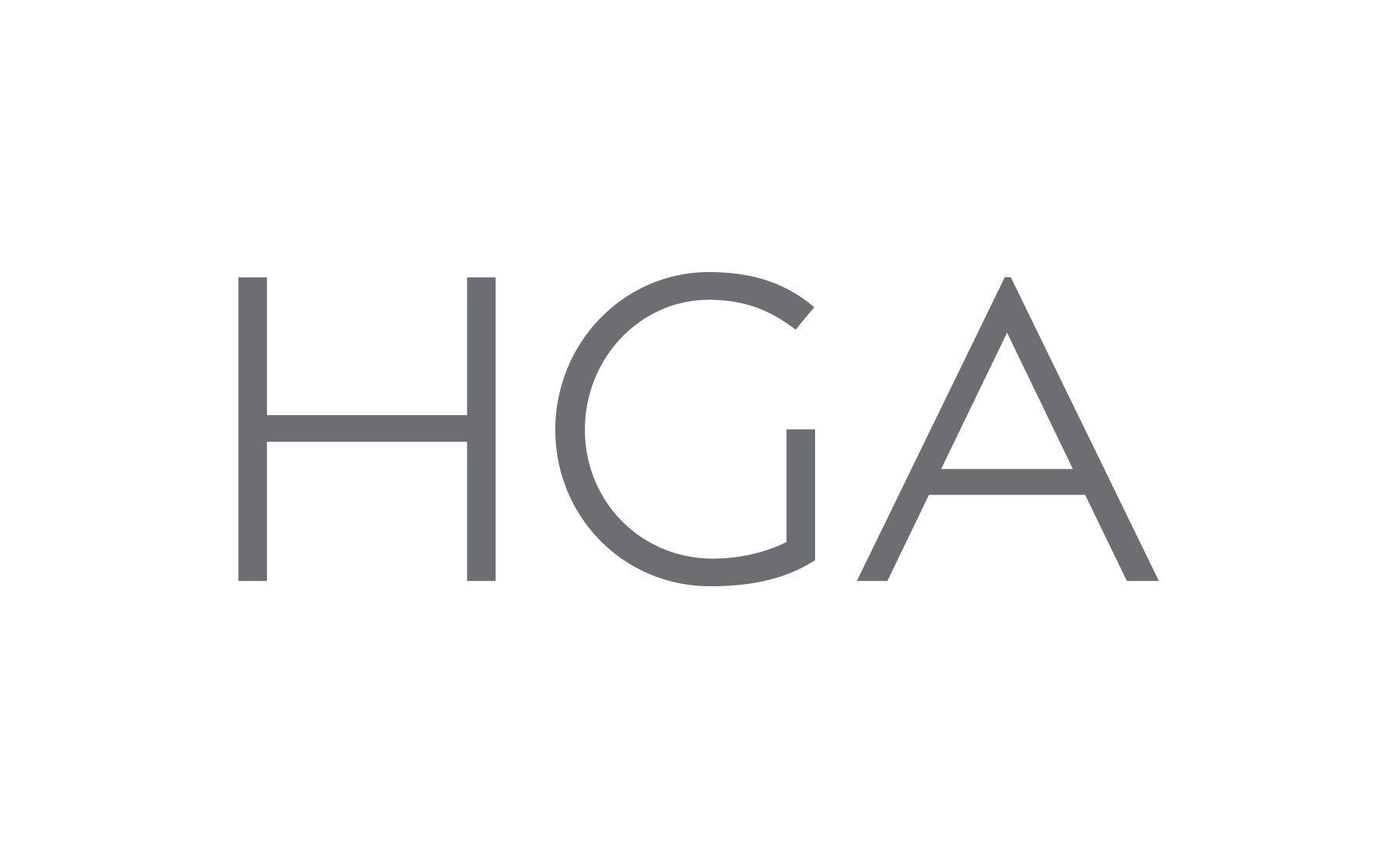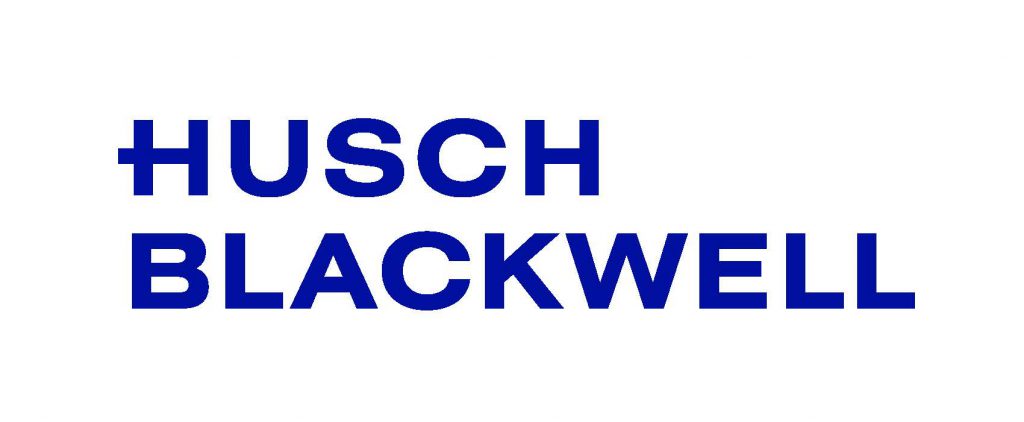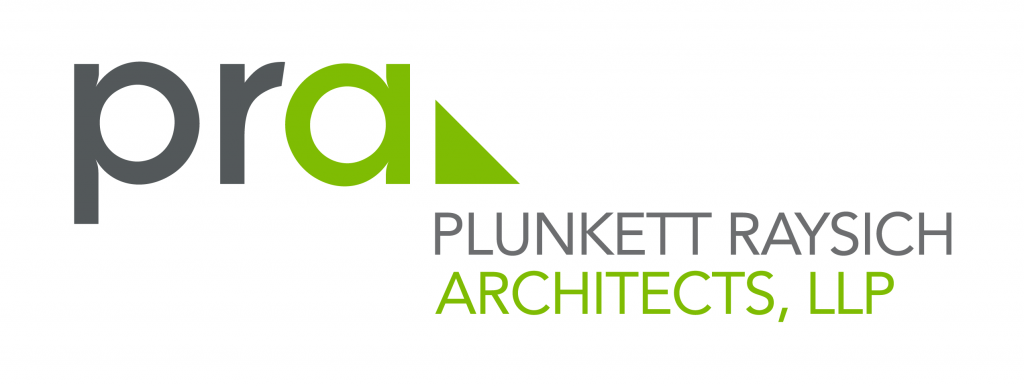Starting June 1, members who have been dropped for nonpayment of their dues can pay 50 percent to reinstate. This great deal will last until Aug. 31, 2020.
Board of Governors Exam Fee Waiver Campaign Extended Through July 31
Take the next important step for your career by advancing to Fellow status benefits your professional goals and strengthens the healthcare management profession. The Wisconsin chapter encourages you to submit your Fellow applications with our Board of Governors Exam fee waiver offer (a savings of $225), which has been extended through July 31. Fellow applicants must submit their completed Fellow application, $250 application fee and all required documents, such as their references and organization chart, by July 31.
Visit ache.org/FACHE to learn more and apply online.
COVID-19 Resource Center
Thank you for the work you are doing in your healthcare organizations and communities to manage the impact of COVID-19 and take care of patients. We are well aware these are extraordinary times for you as leaders. We hope you continue to leverage your professional and chapter-leader network to share ideas and learn from each other.
Our “COVID-19 Series With Front-Line Leaders” webinars continue to be well received by our members. Registration for and recordings of all these sessions will be available as soon as possible following the live webinar at ache.org/COVID, along with numerous other resources, including a listing of members in the news.
We’ve compiled information on the most frequently asked questions from members. Learn more about plans for education, recertification and other areas.
Run for Regent or Regent-at-Large
Regent
ACHE is beginning the election process for new Regents to serve on its Council of Regents, the legislative body that represents ACHE’s more than 48,000 members. Serving as an elected official is a unique opportunity that allows you to exercise your leadership ability, share innovative ideas and act on behalf of ACHE members.
All Fellows who wish to run for election must submit a letter of intent to elections@ache.org by Friday, Aug. 21. For full details on the Regent areas open for election and requirements to run please visit the Official Notice for the 2020-2021 Council of Regents Elections.
Regent-at-Large
The ACHE Board of Governors is calling for applications to serve as Regent-at-Large in Districts 2, 3 and 4, beginning in March 2021. ACHE Fellows are eligible for Regent-at-Large vacancies within their district. The goal of the Board of Governors in appointing Regents-at-Large is to diversify the Council of Regents. The purpose of the Regent-at-Large is to promote diversity in the governance of ACHE with respect to race, ethnicity, gender, religion, age, sexual orientation or disability.
For further details please visit the Call for Nominations page. The deadline for applications is Friday, Aug. 21.
Fund for Healthcare Leadership
We know you are making decisions at a rapid pace as things change in the world and in your own homes. One decision you can make now that can make a profound impact on the future of healthcare leadership is keeping the Fund for Healthcare Leadership as your charitable contribution. Now more than ever, donating to the Fund assists healthcare leaders who are making a difference during this pandemic.
Contributions to the Fund wholly support the Thomas C. Dolan Diversity Program and scholarships to ACHE’s Senior Executive and Executive Programs. Last year, 21 individuals received scholarships for these programs. Currently, there is a cohort of six individuals participating in the 2020 Thomas C. Dolan Diversity Program.
Learn more and donate today.
Member Education Survey
Carroll University’s MBA Program Update
As Wisconsin’s first, four-year institution of higher learning, Carroll University provides a learning community that supports each student’s passion and purpose. As a student in the MBA program, you can specialize in healthcare administration, business analytics, or business management.
- In healthcare administration, you will learn to address the particular demands of information management in healthcare settings; navigate the ethical and policy landscapes of the healthcare industry; measure quality of care, patient satisfaction, and operations; and solve finance and budgeting issues that can arise within healthcare settings.
- In business analytics, you will learn to support data-driven decision making by harnessing big data for visualizations, dashboards, and predictive analytics. You’ll learn to effectively communicate the story of the data through actionable insights that can be used to address emerging business challenges.
- In business management, you’ll get a broad view of the managerial role in an organization. You’ll learn about the many facets of a company a manager must consider, such as the economic applications, the marketing plan, the financial plan, and supply chain disruptions that occur in a changing business environment
Carroll University’s MBA program offers flexibility to choose your path for balancing work, education, and life. Small class sizes provide connections with other working professionals, professors, and industry thought leaders. Accelerate career growth by immediately applying knowledge in your daily life.
Become a pioneer. Enroll in Carroll University’s MBA program.
For more information about Carroll’s MBA program, join us for our Graduate Open House on July 22, 2020 (https://www.carrollu.edu/admissions/graduate/open-house) or contact us via the Carroll University website (https://www.carrollu.edu/academics/business/master-of-business-administration).
Run for Wisconsin Regent
ACHE is beginning the election process for new Regents to serve on its Council of Regents, the legislative body that represents ACHE’s more than 48,000 members. Serving as an elected official is a unique opportunity that allows you to exercise your leadership ability, share innovative ideas and act on behalf of ACHE members.
All Fellows who wish to run for election must submit a letter of intent to elections@ache.org by Aug. 21. The letter of intent must include a current business title, business address, email address and telephone number. If you submit your letter of intent and have not received confirmation of its receipt by Aug. 28, contact Caitlin E. Stine at (312) 424-9324 or cstine@ache.org.
Elections will be held in the following jurisdictions:
- Alabama
- Alaska
- Colorado
- Delaware
- Hawaii/Pacific
- Idaho
- Kansas
- Louisiana
- Maine
- Massachusetts
- Mississippi
- New Hampshire
- Oklahoma
- Oregon
- Rhode Island
- Texas—Northern
- Utah
- Wisconsin
ACHE Call for Nominations for Regent-at-Large
The ACHE Board of Governors is calling for applications to serve as Regent-at-Large in Districts 2, 3 and 4, beginning in March 2021. ACHE Fellows are eligible for Regent-at-Large vacancies within their district.
- District 2 consists of District of Columbia, Florida, Georgia, Maryland, North Carolina, Puerto Rico, South Carolina, Virginia, West Virginia.
- District 3 consists of Illinois, Indiana, Iowa, Kentucky, Michigan, Minnesota, Nebraska, North Dakota, Ohio, South Dakota, Wisconsin.
- District 4 consists of Alabama, Arkansas, Kansas, Louisiana, Mississippi, Missouri, New Mexico, Oklahoma, Tennessee, Texas.
The goal of the Board of Governors in appointing Regents-at-Large is to diversify the Council of Regents. The purpose of the Regent-at-Large is to promote diversity in the governance of ACHE with respect to race, ethnicity, gender, religion, age, sexual orientation or disability. For further details, please refer to ACHE’s Statement on Diversity. The responsibilities of the Regent-at-Large—including suggested knowledge, skills and experience for the role—are included in the position description. Appointments will be made by the Board of Governors in November 2020. Candidates should not directly contact members of the Board of Governors to request letters of support.
Fellows from Districts 2, 3 and 4 may apply to serve by sending a letter and resume (see specifications below) to Caitlin E. Stine, content marketing specialist, Department of Marketing, at cstine@ache.org, and they must be received by Aug. 21. All candidates will be listed on ache.org in the Membership section under the heading “Regent-at-Large Declared Candidates.” Any candidate not listed by Aug. 28 should contact Stine immediately. If prospective candidates have any questions about the application process, they should contact Stine.
To be considered, applications must include:
- A statement, in the form of a letter, by the candidate that addresses his or her qualifications for the position, including the demographic characteristics, knowledge, skills and experience.
- A professional resume of education and work experience.
Candidates may include up to two letters of support for their candidacy. Letters of support may not be solicited from current members of the ACHE Board of Governors.
Board of Governors Exam Fee Waiver Campaign Extended Through July 31
Take the next important step for your career by advancing to Fellow status which benefits your professional goals and strengthens the healthcare management profession. The Wisconsin Chapter encourages you to submit your Fellow application with the Board of Governors Exam fee waiver offer (a savings of $225), which has been extended through July 31. Fellow applicants must submit their completed Fellow application, $250 application fee and all required documents, such as their references and organization chart, by July 31.
Visit ache.org/FACHE to learn more and apply online.






